Ten Years After the Isla Vista Killings
Gun Safety Laws Expand in California and the Nation
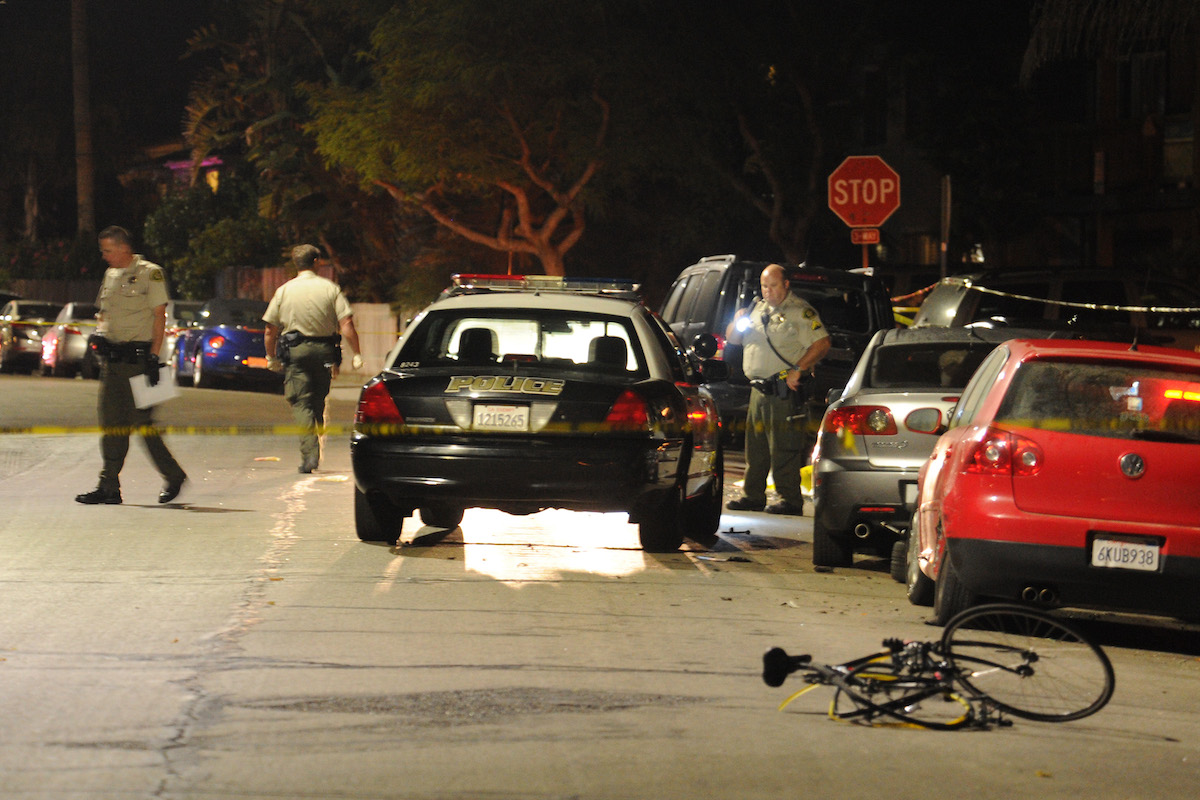
Richard Martinez sits against a background of colorful art — tissue paper squares, vibrant crayon, and blended pastels. It’s a gallery of creations by his only child, Christopher Michaels-Martinez, made when he was in elementary school.
Chris was shot and killed in Isla Vista on May 23, 2014, when he was 20 years old. He and two fellow undergraduates at UC Santa Barbara were fatally shot by Elliot Rodger, a 22-year-old former Santa Barbara City College student who stabbed three students to death, injured seven people with his car, and shot and wounded seven others before killing himself.
In the 10 years since, the Isla Vista massacre has galvanized three local lawmakers to pass gun safety laws — including one of the first at the federal level. And Martinez has become a relentless advocate for gun safety in memory of his son.

California became the first state to pass a red-flag law that allowed a family member to petition for gun removal. Assembly Bill 104, co-sponsored by Berkeley’s Nancy Skinner and Das Williams, Santa Barbara’s assemblymember in 2014 and now a county supervisor, allows relatives and law enforcement to ask a judge to remove firearms from a family member or member of the public for up to five years if the individual poses a threat to themselves or the community. And Hannah-Beth Jackson, a state senator at the time, passed a bill that required law enforcement to make a search of the state gun purchase database a part of welfare, or well-being, checks.
In Santa Barbara County, the red-flag law has been used to obtain an emergency order 21 times in 2023, according to the California Department of Justice. This was up from nine times in 2016, the first year the law was in effect. In all of California, the law was used 1,909 times in 2023, up from 85 times in 2016.
Martinez advocates as a member of the group Everytown for Gun Safety. He is supportive of the red flag laws, but updates and expansions of gun safety legislation are always needed, he said.
“Let me give you this example — airplanes. When they crash, we don’t say, ‘Airplane safety measures don’t work; throw them all out,’” Martinez said. “We find the black box, we study the crash, we figure out what went wrong, and then we improve the regulations. No single law or regulation is going to end gun violence.”

At the federal level, Congressmember Salud Carbajal’s Extreme Risk Protection Order legislation supports state efforts to enact red-flag laws. Attempting a law since reaching D.C. in 2017, Carbajal succeeded in 2022. He joined forces with Senator Dianne Feinstein to get a law through Congress that enables states to create, implement, and administer red-flag laws. They now exist in 21 states and the District of Columbia, according to a White House briefing.
The Bipartisan Safer Communities Act of 2022 was the first piece of legislation to expand gun control on the federal level in more than 30 years.
As a result of the Safer Communities Act, California received $29 million, the most received by a single state for red-flag laws, to improve the process of Gun Violence Restraining Order (GVRO) laws. Additionally, this year, crucial updates to the GVRO laws are being considered by the California Legislature.
“I will always say, yes, it can be improved. We have to study what happens and figure out ways to improve it now,” Martinez said. “There’s a bill pending right now in the California Legislature to do exactly that, to improve on what’s been done — AB 2621.”
AB 2621 would update California’s Gun Violence Restraining Order laws to include hate-crime training for law enforcement. AB 2917 is a related piece of legislation that would allow law enforcement to look at more risk factors when issuing a gun restraining order, including whether an individual has made hate-based threats or may engage in violence for political reasons.
Kendall Pata, the group lead of Santa Barbara’s Moms Demand Action chapter, highlighted the law in relation to Isla Vista.
“Given that the Isla Vista shooting was hate-based — the perpetrator was a misogynistic, woman-hating incel who had a clear mission — I think it’s really important that laws like this are coming to fruition, because some of these acts are hate-based and we have to look at that,” Pata said.
Moms Demand Action focuses on education. Pata says that each time new legislation is being considered or is passed, her group wants to make sure people know about it.
“The more bills there are, we have to educate the community about the GVRO and how to use it, and update law enforcement, updating parents, guardians, loved ones — it’s just such an important tool,” Pata said of ensuring people are educated about options related to gun violence restraining orders.






Reporter Mark Follman with Mother Jones has investigated the killings extensively, culminating in a new book on the incident. It includes the first public conversation with the killer’s mother, Chin Rodger. She had called the Santa Barbara County Sheriff’s Office for a welfare check on her son a month before the murders, but he succeeded in convincing deputies all was fine. Follman discussed the warning signs Chin Rodger noticed prior to the violence of May 23, 2014.
“Chin came to believe that that prevention would have been possible with different circumstances, namely, having more prevention policy in place and a behavioral threat assessment program in the community,” he said.
Through his reporting, conversations with Chin Rodger, and investigators involved with the case, Follman has learned that red-flag laws and threat-assessment policies are instrumental in violence prevention.

“The leader of the team there at the Sheriff’s Office, Dr. Cherylynn Lee, as well as her colleague, Lieutenant Joe Schmidt — who was involved in the case 10 years ago as the lead homicide detective — both told me that [red-flag laws have] become a, really, an essential tool for threat-management cases, stepping in with people where there’s significant concern of violent planning, and removing firearms using that law that now exists in California,” Follman said.
Across the past 10 years and into the future, Martinez remembers Chris through his advocacy work, through sharing memories, through his artwork that hangs proudly on display, through the UCSB basketball jersey that reads “Michaels-Martinez” and is emblazoned with Chris’s high school basketball number: five.
“I don’t want to get over it,” Martinez said. “And I don’t want to forget my son. He was the most important thing in my life. But I also feel an obligation to live with my life because he can’t and to do it in a way that honors his memory. It’s a way of moving forward after you’ve been to the bottom.”
A memorial ceremony will be held at noon on Thursday, May 23, at the Isla Vista Love and Remembrance Garden (977 Embarcadero del Norte) to remember the six who died 10 years ago: George Chen, Weihan “David” Wang, Chen Yuan “James” Hong, Katie Cooper, Veronika Weiss, and Christopher Ross Michaels-Martinez. For more information, see ivstrong.as.ucsb.edu.
Correction: The original version of this story listed California as the first state to pass red flag laws; in fact, California was the first to pass a law that allowed family members to petition for gun removal for safety reasons.
Premier Events
Sat, Jun 15
11:00 AM
Santa Barbara
Mosaic Makers Market
Sat, Jun 15
5:00 AM
Santa Barbara
Grads & Dads at Finch & Fork
Sat, Jun 15
10:00 AM
Santa Barbara
APPLEBOX FREE Family Films at SBIFF’s Riviera Theatre
Sat, Jun 15
11:00 AM
Solvang
Amanda Darcy Book Signing
Sat, Jun 15
12:00 PM
Santa Barbara
Nic & Joe at La Cumbre Plaza
Sat, Jun 15
11:00 PM
Lompoc
JuneTeenth in Old Town Lompoc
Sun, Jun 16
11:00 AM
Santa Barbara
Juneteenth Celebration w/ Santa Barbara Ring Shout
Sun, Jun 16
5:00 PM
Santa Barbara
BLOOMSDAY! A Celebration of James Joyce’s Ulysses
Sun, Jun 16
6:00 PM
Santa Barbara
Contra Dance, Celtic folk band & Chris Page
Mon, Jun 17
8:00 PM
Solvang
PCPA Solvang Festival Theater Presents: “Little Shop of Horrors”
Fri, Jun 21
All day
Santa Barbara
Santa Barbara Summer Solstice Celebration 2024!
Sat, Jun 15 11:00 AM
Santa Barbara
Mosaic Makers Market
Sat, Jun 15 5:00 AM
Santa Barbara
Grads & Dads at Finch & Fork
Sat, Jun 15 10:00 AM
Santa Barbara
APPLEBOX FREE Family Films at SBIFF’s Riviera Theatre
Sat, Jun 15 11:00 AM
Solvang
Amanda Darcy Book Signing
Sat, Jun 15 12:00 PM
Santa Barbara
Nic & Joe at La Cumbre Plaza
Sat, Jun 15 11:00 PM
Lompoc
JuneTeenth in Old Town Lompoc
Sun, Jun 16 11:00 AM
Santa Barbara
Juneteenth Celebration w/ Santa Barbara Ring Shout
Sun, Jun 16 5:00 PM
Santa Barbara
BLOOMSDAY! A Celebration of James Joyce’s Ulysses
Sun, Jun 16 6:00 PM
Santa Barbara
Contra Dance, Celtic folk band & Chris Page
Mon, Jun 17 8:00 PM
Solvang
PCPA Solvang Festival Theater Presents: “Little Shop of Horrors”
Fri, Jun 21 All day
Santa Barbara

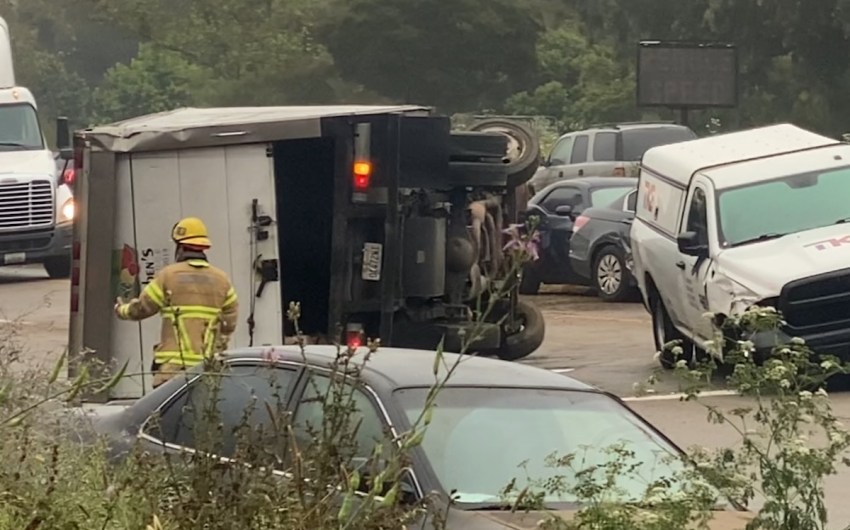

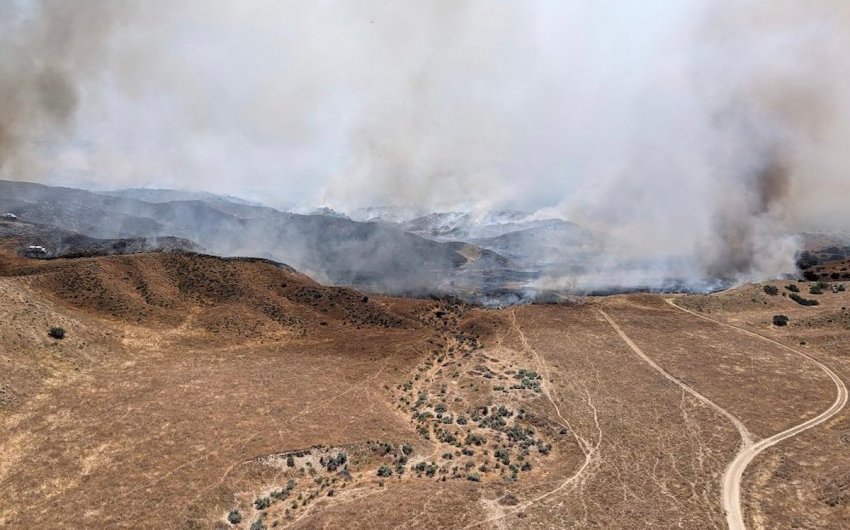

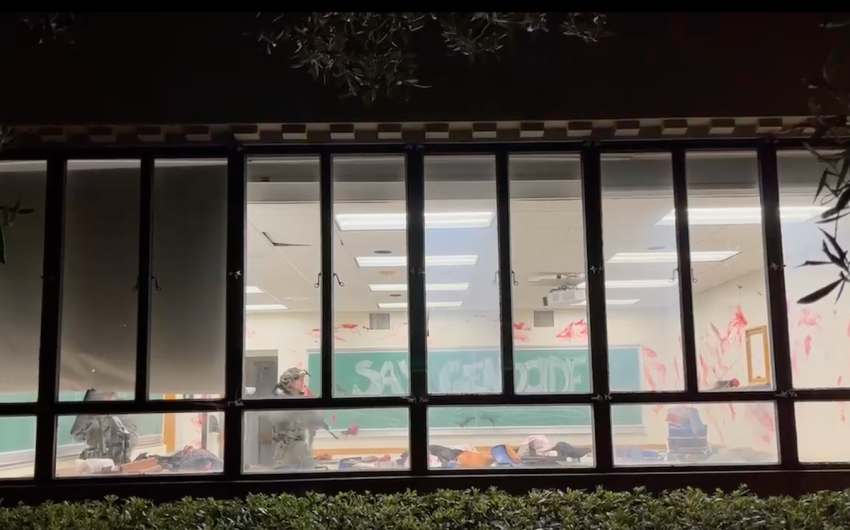







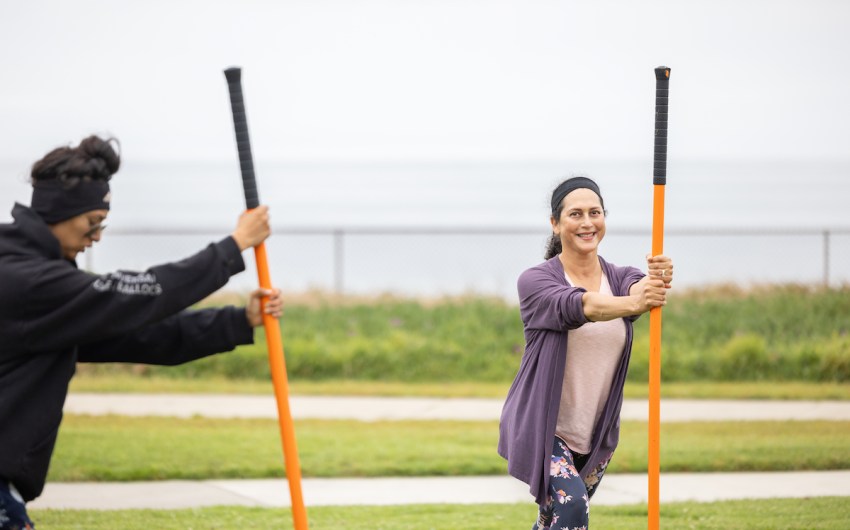











You must be logged in to post a comment.